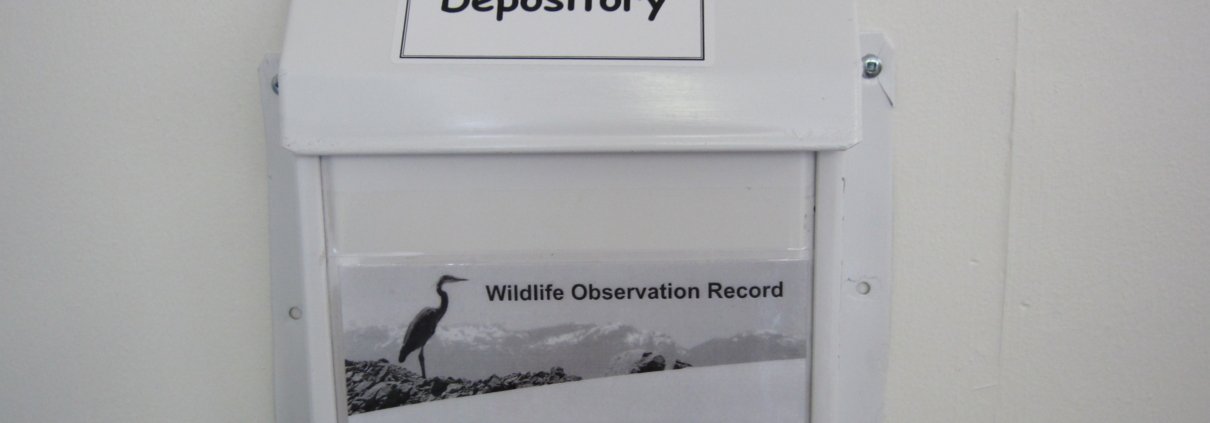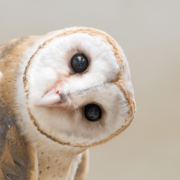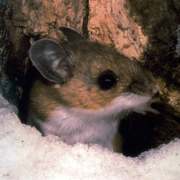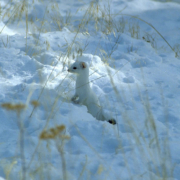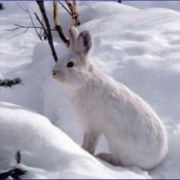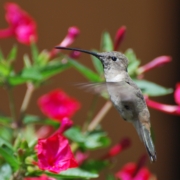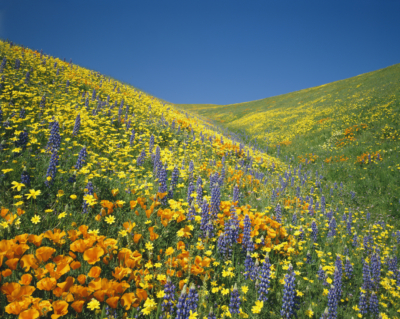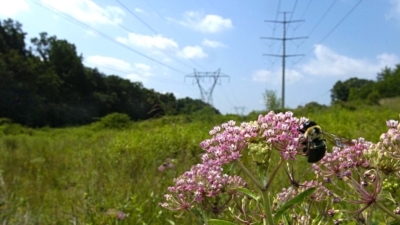Make Monitoring Easy!
Monitoring is an important part of every habitat enhancement project. When you monitor a project after you’ve put it into place, you can track its progress and see what worked and what didn’t, and then use that information when making future management decisions for the project.
Making note of the wildlife you see using your project, whether it be a large-scale planting like a prairie restoration or a small-scale structure like a nest box, gives you information about whether the project is successfully providing quality habitat, and to which species.
I know that it can sometimes be challenging to incorporate wildlife monitoring into your program, so I would like to share a few ways to make it easier for your team – and hopefully a bit more fun.
- Supply employees and visitors with critter cards. These can be as simple as index cards that employees can carry around and use to quickly write down which animals they see as they go about their normal work day. Providing a drop-off box for critter cards in a visible, high-traffic location will make it easy for employees to submit their observations.
- Provide volunteers with laminated ID sheets of common species that use the project or habitat. Make sure to include photographs and simple identification tips that will make it easy for volunteers to identify a species.
- Install a trail cam near the project to document species that use the project. This is especially handy for documenting nocturnal animals, as well as shy species that may hide or flee upon human approach.
- In the same vein, you can install a nest cam to remotely view birds using nest boxes, osprey platforms, and other artificial nesting structures. If the bird species using the nest is sensitive to disturbance, a nest cam can help you closely monitor the nest without disturbance. (Check out my previous article on nest cams for more information.)
- Keep a wildlife log near a main door so employees can write down the animals they see when they head into work in the morning or after their breaks.
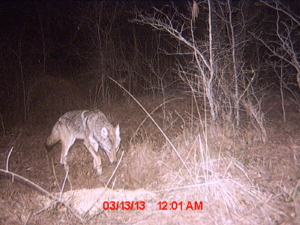
Coyote on trail cam. Photo courtesy of Vulcan Materials Company.
Have another tip for making wildlife monitoring easy and fun at your facility that we didn’t mention? Let us know in the comment box below!
